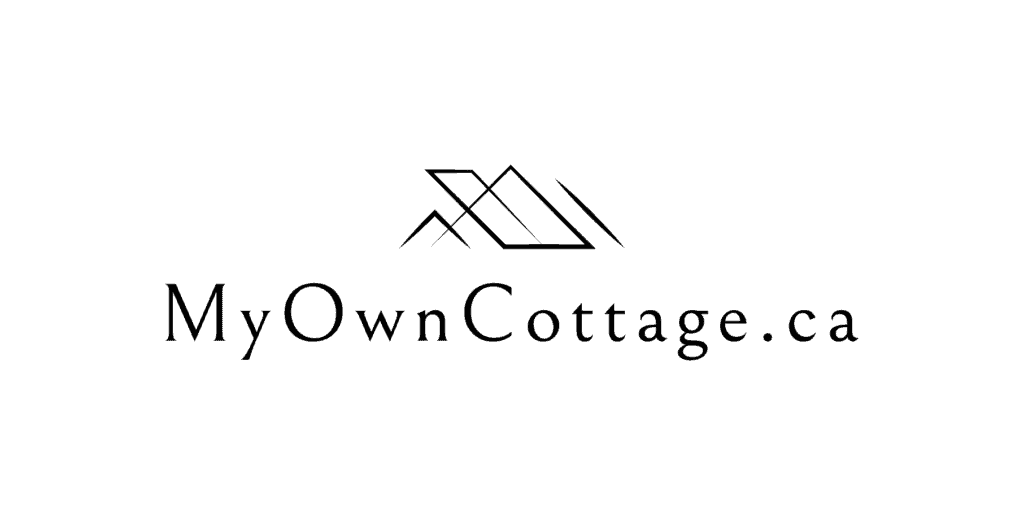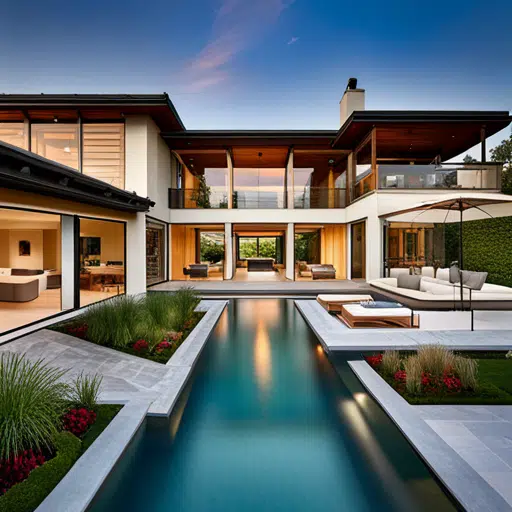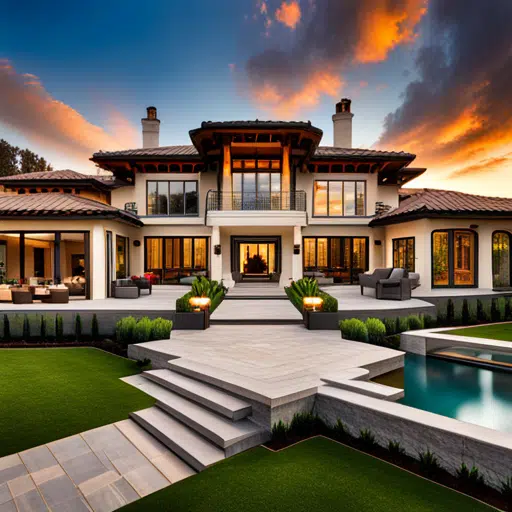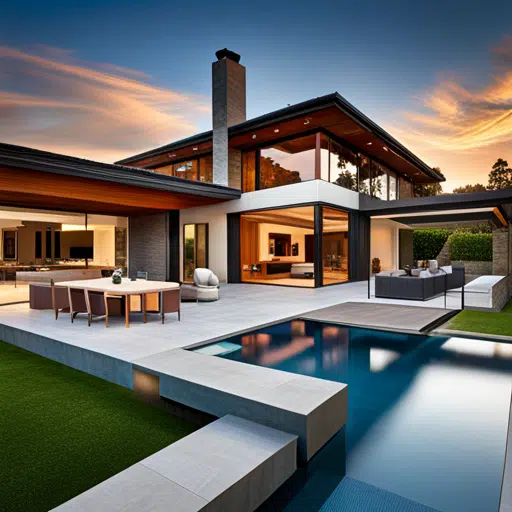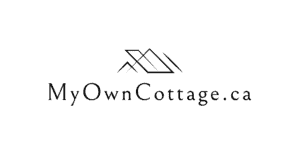Sustainable Building Practices of Prefab Homes
Home » Sustainable Building Practices of Prefab Homes
Today, sustainable building practices of prefab homes focuses on eco-friendly construction methods and materials, reducing waste and energy consumption.
These practices aim to create environmentally responsible and resource-efficient structures throughout a building’s life cycle.
Ontario’s architectural landscape is on the verge of a revolution where sustainability meets innovation.
An array of economic, environmental, and design possibilities is unfolding.
All of this is neatly encapsulated within the preassembled walls of prefab homes.
These modular structures, once touted for their efficiency, now stand at the forefront of a greener future.
Buckle up as we explore how sustainable building practices and green building technologies in prefab homes in Ontario are shaping a glorious era!
Home building in the heart of Canada will never be the same again.
Our own prefab homes in Ontario offer budget-friendly and customizable designs, coupled with eco-friendly advantages!
Rethinking Prefab Homes in the Green Context
Prefabricated homes are often the unsung heroes in the narrative of residential architecture.
A whisper in the clamor of custom-builds, they’ve long been synonymous with quick construction and budget-friendly options.
However, the conversation is shifting.
The modern prefab house is now a testament to eco-conscious design, one panel at a time.
With an emphasis on renewable materials, energy efficiency, and reduced waste, Ontario’s prefabrication industry is going beyond the blueprint.
Sustainable practices are not just a complement to the prefab process but its core.
Timber sourced from responsibly managed forests, insulation made from recycled materials, and solar panels integrated into the very design are no longer novelties.
Rather, they have become normative features, setting a benchmark for traditional builds to follow suit.
Timber's New Tale: The Eco-Credentials of Structural Wood
In the age-old debate of wood versus steel, timber is carving a new niche in the construction of prefab homes.
Wood’s strength to weight ratio and its potential to sequester carbon are just the beginning.
Engineered wood products, such as cross-laminated timber (CLT) and laminated veneer lumber (LVL), offer structural integrity while acting as carbon sinks.
The discussion is now less about suppressing the environmental cost of building and more about leveraging it to our advantage.
Our homes can be the solution, quite literally rooted in the very material from which they’re built.
This change in perspective is not only transforming the durability of prefab homes but also the way we perceive and engage with the environment through our living spaces.
Redefining Efficiency: Energy-Saving Designs and Technologies
The prefabrication of homes inherently brings efficiency to the forefront.
Precise manufacturing in a controlled environment minimizes discrepancies, leading to airtight, thermally efficient homes.
Yet, efficiency now extends beyond mere construction to the very operation of these dwellings.
Ontario’s modern prefab houses are often equipped with cutting-edge technologies that minimize energy demand.
Smart thermostats, advanced HVAC systems, and extensive use of natural light are just a few strategies employed.
Combine these with the integration of renewable energy sources like geothermal heat pumps or wind turbines, and we witness an orchestra of sustainable living.
It’s ushering in an age where homes are no longer passive consumers but active contributors to a cleaner ecosystem.
The Thriving Future of Sustainable Prefab Homes in Ontario
Sustainability has transformed from a niche concern to the pivotal issue of our time.
In the field of architecture and housing, this means that eco-friendly practices are no longer an afterthought but central to the future of our living spaces.
Prefabricated (prefab) homes have emerged as a stellar example of achieving sustainable excellence without compromising on aesthetics or quality.
Ontario, with its rich architectural landscape, is witnessing a surge in interest.
This uptake of prefab homes speaks not just to our environmental sensibilities but also to the economic advantages that come with them.
The Prefab Paradigm and Its Growth in Ontario
Prefabrication is not a new concept.
Dating back to the early 20th century when Sears, Roebuck and Co. offered mail-order kit homes to budding homeowners, prefab methods have evolved significantly.
Today, prefab homes are sleek, modern, and customizable, ticking all the boxes for contemporary dwellers.
Ontario, with its soaring urban densities, housing shortages, and environmental targets, seems tailor-made for prefab solutions.
The appeal is understandable.
Not only do these dwellings reduce construction waste and energy consumption during the build process, but they also expedite the construction.
Overall, this process offers a significant uptick in efficiency.
The Environmental Argument for Prefab in Ontario
Prefab homes, due to their controlled factory setting, minimize material wastage and are typically designed to be more energy-efficient than traditional homes.
This eco-friendly approach dovetails with Ontario’s push for sustainable practices.
The province’s ambitious net-zero emissions targets and incentives for green building initiatives compliments this effort.
From reduced carbon footprints to preserving the province’s natural resources, prefab homes are key players in Ontario’s environmental narrative.
Economic Benefits of Prefab in Ontario
The economic advantages of prefab homes in Ontario are multifaceted.
Firstly, the controlled factory setting results in predictable costs and timelines.
This represents an alluring prospect in a construction sector often plagued by overruns and delays.
Then there’s the labor aspect as well.
Prefab homes require a different skillset and less training time in the field.
This translates to greatly reduced labor costs and, potentially, a boon for the local job market.
Furthermore, the standardization offered by prefab methods can lead to cost savings for end consumers and developers alike.
Lastly, the speed of construction means homeowners can move in faster.
This saves considerable time and related costs, particularly if they’ve been renting in the interim.
The Ontario Perspective on Design and Style
Ontario’s varied architectural heritage—from the Victorian splendor of Toronto’s Cabbagetown to the modernist towers of downtown—shapes a rich palette that prefabrication is deftly beginning to complement.
Sustainability is paramount.
However, style and design are also crucial aspects of any home.
Thankfully, in Ontario, the prefab housing market offers an exciting array of modern, customizable designs that resonate with the province’s diverse taste.
Homeowners are not just buying into a green lifestyle, they’re purchasing a piece of architecture that’s a statement in itself.
Merging the best of Ontario’s aesthetic traditions and contemporary design is now embedded in the very DNA of Canadian prefab.
A Case Study on Ontario-Adapted Prefab Designs
To truly understand the allure of prefab homes in Ontario, one needs to look at specific case studies that exemplify its adaption to local tastes and regulations.
Projects like the Clearpoint Residences in Muskoka or the modular community homes in the Waterloo Region are not just homes.
Rather, they are reflections of a new, sustainable way to live in the province.
These case studies touch upon the powerful customizability, adaptability to local climate, zoning code readiness, and the role of prefab housing in community-building.
Factors such as these are crucial to their success within Ontario’s unique urban and rural fabric.
The Regulatory Landscape and Policy Jigsaw
For the prefab industry to truly take off in Ontario, the regulatory landscape plays a pivotal role.
Local building codes and regulatory frameworks need to evolve to accommodate the unique nature of prefab construction while ensuring safety and quality.
The policy jigsaw also involves government support through grants and incentives.
It also bears market-based approaches that make eco-friendly living not just desirable but affordable.
Incentivizing Prefab: A Look at Ontario's Policy Tools
Ontario is already making strides in the right direction.
The province’s GreenON Rebates program and support for net-zero initiatives are steps in the direction of incentivizing eco-friendly building practices.
This includes those of prefab construction.
Tools such as tax credits, zoning relaxations, and grants for R&D can foster an environment where prefab homes become an integral part of Ontario’s housing future.
The Role of Innovation and Technology
Prefabrication is a domain ripe for technological leaps.
3D printing, advanced materials, and smart home technologies are not just making prefab homes more sustainable but also more intelligent.
Ontario’s prowess in technology and innovation presents an exciting opportunity to lead the charge in prefab advancements.
Creating homes that are not just economic and environmentally friendly but also at the cutting edge of modern living is now in vogue.
Ontario's Tech Hub and Prefab Synergy
With cities like Toronto and Waterloo already being global tech hubs, the intersect of technology and prefab housing in Ontario is poised for success.
Innovations in sustainable construction materials, automation, and AI-led design are creating a fertile environment for the prefab industry to bloom.
This synergy can propel the province into a leadership role in sustainable housing.
Community Impact and Future Possibilities
The impact of prefab homes goes beyond individual households.
They have the potential to redefine communities, creating inclusive housing solutions and fostering a sense of shared environmental responsibility.
This section looks at how prefab homes in Ontario are not just structures but catalysts for a new social architecture, one that values community as much as it does sustainability and economy.
Community Building Through Prefab Homes
The Shell + Eco project in Scarborough, which brought together local stakeholders in creating sustainable prefab housing, is a testament to the power of community building.
Through design and construction, prefab homes in Ontario open doors to new living paradigms.
This allows communities to become engaged in the process.
The homes themselves become symbols of collective values and aspirations.
Building Ontario's Sustainable Future
The push for sustainable building practices in Ontario is more than a trend—it’s a necessity driven by the climate emergency and urban imperatives.
Prefabricated homes, with their confluence of economic advantages, environmental benefits, unique design opportunities, and potential for community upliftment, epitomize a pathway to a better future.
One that’s not just green but also prosperous and inclusive.
The transition towards prefabrication in Ontario’s housing sector is an exciting and inevitable one.
Those who understand and harness its potential are not just forward-looking—they’re driving the conversation of sustainable living.
In a province that has long been at the heart of Canadian innovation, this is a fitting outcome.
The Growing Prefab Paradigm
What sets the new-age prefab homes apart is their adherence to the principles of a circular economy.
Every component is meticulously considered, not just for its immediate use, but for its lifecycle impact.
From the beginning, the materials that make up these homes are designed to be reclaimed, repurposed, or recycled.
This ensures that the end of one lifecycle marks the beginning of another.
Innovations in biodegradable paints, non-toxic finishes, and interior materials that support air quality underscore a commitment to a holistic, health-driven sustainability.
This comprehensive approach to building design and operations not only reduces the carbon footprint of each home.
Rather, it also ensures a high quality of life for its inhabitants.
Cultivating Communities: The Social Aspect of Prefab Living
The social dimension of prefab homes is equally compelling.
A controlled manufacturing environment means consistency in design and quality.
It also provides meaningful employment in sustainable factory settings.
This shift towards on-site assembly over traditional on-site construction significantly mitigates the strain on local communities and the surrounding environment.
But the social benefits extend to the residents as well.
Prefab homes are more economical to build and maintain.
Yet, they also provide a sustainable platform for community building.
More accessible price points and quicker move-in timelines can pave the way for diverse, inclusive neighborhoods that celebrate unity amid diversity.
"Agri Hoods" in Ontario Prefab Villages
One of the most exciting frontiers for prefab homes in Ontario is the rise of Agri hoods.
Agri hoods are self-sustaining communities with powerful agricultural opportunities.
These villages are a harmonious blend of rural and urban living.
Here, residents are not just consumers of food but producers in their own right.
Each Agri hood is a living testament to self-sustenance and resourcefulness.
Their homes thrive on self-produced energy and cisterns that collect rainwater.
Agricultural practices like permaculture and aquaponics become as integral to the community as the homes themselves.
This highlights a deep connection to the land and each other.
Integrating Hi-Tech into Agriculture
Agri hoods in prefab villages are reinventing traditional farming through technology.
Vertical gardens, automated hydroponic systems, and sustainable energy generation for the entire settlement are a few examples of how technology is amplifying the sustainability of Agri hoods.
The result is a flourishing community that not only reduces its ecological footprint but also educates.
A new generation of farmers is evolving.
One that is as comfortable with an iPad as it is with a pitchfork.
Building a Better Tomorrow, Today
The shift towards prefabricated homes in Ontario isn’t just a trend; it’s a statement of intent.
It speaks to our collective desire to live in a world where homes are in harmony with nature — efficient, sustainable, and beautiful.
It’s an ode to a greener future, built by the hands of today, and ready to be embraced by the generations of tomorrow.
The sustainable practices of prefab homes are not just an option for the environmentally conscious.
Instead, they are an opportunity for all of us to redefine our relationship with our habitats.
They invite us to be a part of a movement not just to inhabit a space but to coexist with it.
Nurturing and being nurtured in turn is key to our future.
The evolution of prefab homes in Ontario is an invitation to every homeowner, architect, and builder to step into a future where luxury.
This is where sustainability is no longer at odds with modern amenities.
It’s a future where innovation and eco-consciousness are intricately woven into the very fabric of our living spaces.
Expressing our commitment to a cleaner, greener, and more prosperous world through prefab is an excellent start toward a better tomorrow.
The transition towards sustainable prefab homes in Ontario isn’t just a pivotal narrative within architecture and real estate.
Rather, it is a reflection of broader social movements and evolving mindsets.
These homes stand not just as physical structures but as beacons of a hopeful, sustainable future.
Each wall is a testament to our collective effort in reducing our ecological impact.
The path ahead is clear — it is sustainable, prosperous, and it is prefab.
Get Sustainable Building Practices of Prefab Homes in Ontario: Contact us Today!
With our Affordable Prefab Homes in Ontario, we pride ourselves on delivering exceptional customer service!
We ensure a seamless purchasing and installation process for your dream home.
Our team is dedicated to meeting your unique needs and transforming your vision into a beautiful reality.
To start your journey of building an affordable prefab home in Ontario, we invite you to get in touch with us at My Own Cottage.
You can reach out to us through our website’s Contact Us page, via email, or by direct phone call.
Our expert team is ready to listen to your vision, discuss your requirements, and guide you through the stress-free process of prefab home construction.
We look forward to partnering with you to create a sustainable, highly valuable, and personalized space that reflects your individual style and meets your specific needs.

Contact us today and let’s embark on this exciting journey together.
Thanks for reading!
If you’re interested in building a prefab home, cabin or cottage on a lot of your own, feel free to book a no-obligation consultation with us here at My Own Cottage Inc. – and get started on your dream home today!
P.S: Or if you prefer, you can simply fill out the form below!
